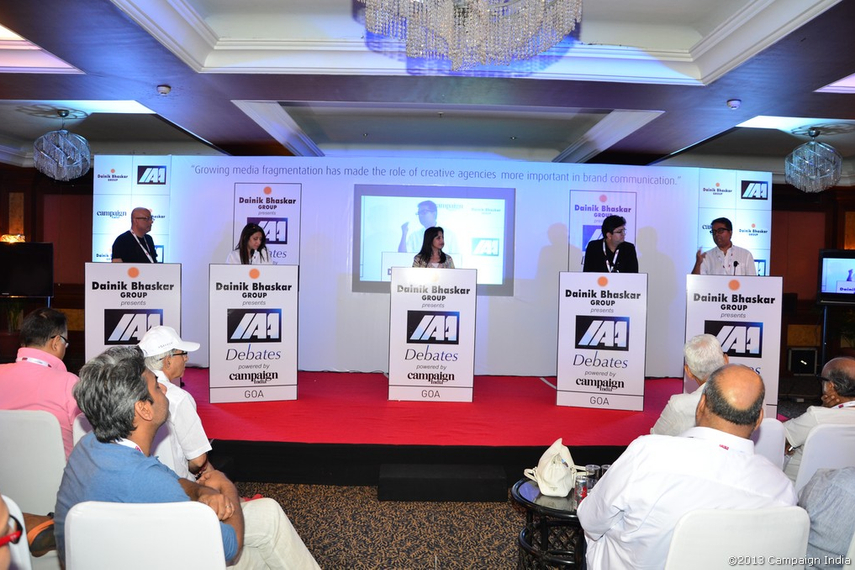
Please sign in or register
Existing users sign in here
Having trouble signing in?
Contact Customer Support at
[email protected]
or call+91 22 69489600
The IAA Debate in Goa presented by Dainik Bhaskar Group saw Partha Sinha and Prasoon Joshi take on Anupriya Acharya and Vikram Sakhuja. Moderated by IAA’s Monica Tata, the verdict was in favour of the media agency duo.

Contact Customer Support at
[email protected]
or call+91 22 69489600
Top news, insights and analysis every weekday
Sign up for Campaign Bulletins
49% of the incremental CTV viewers come from rural India, according to Kantar.
Changing how Omnicom operates and collaborates in post-IPG era requires shift in mindset and incentives.
Zuno General Insurance has launched a nationwide campaign to position usage-based car insurance as a practical and rewarding choice for younger drivers.
MMTC-PAMP has appointed Gaurav Nijhawan as head of marketing to lead integrated brand, communication and growth initiatives across channels.